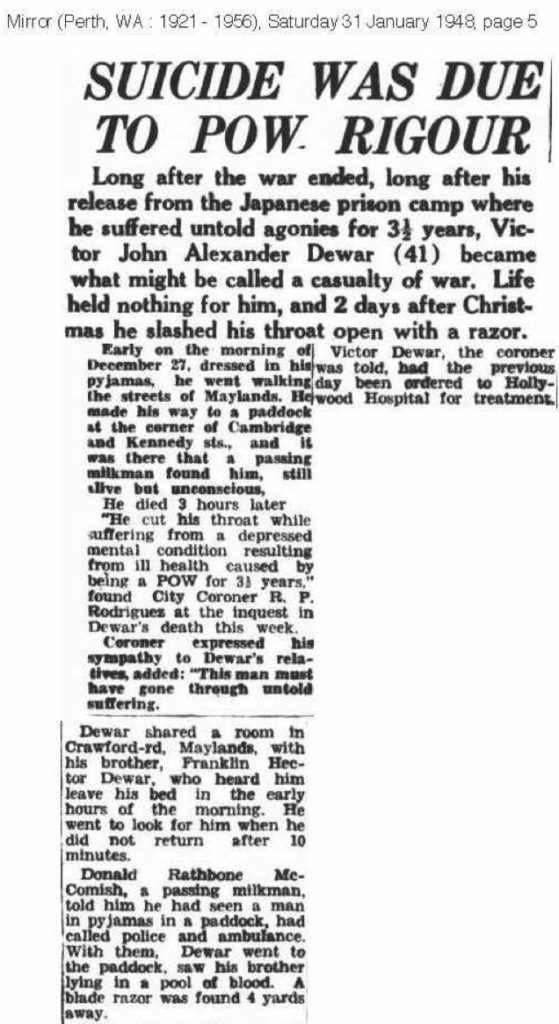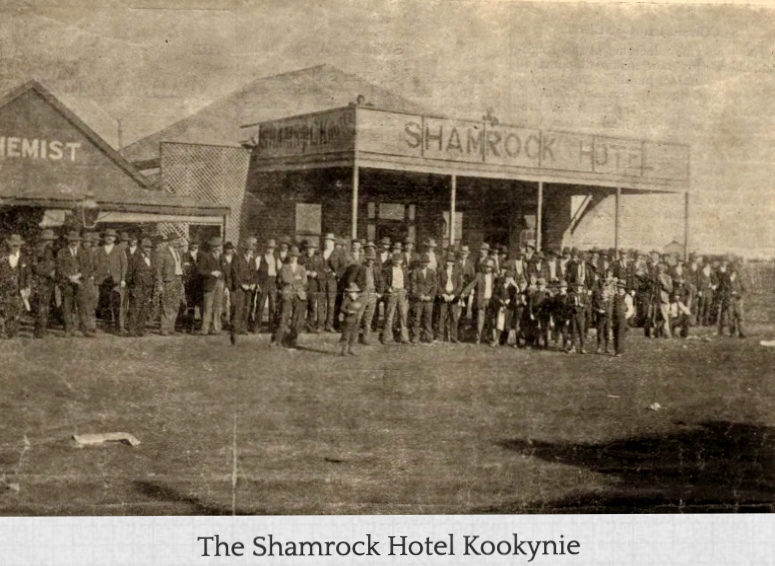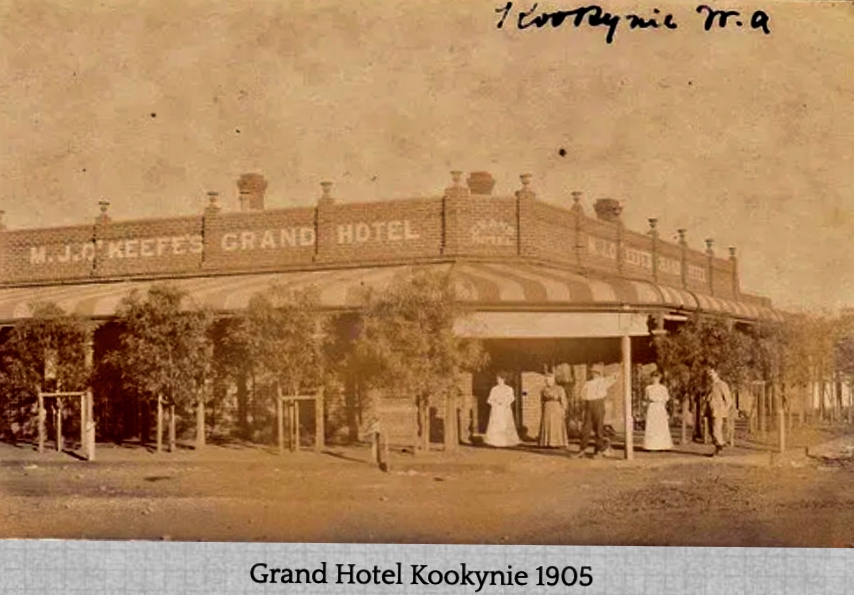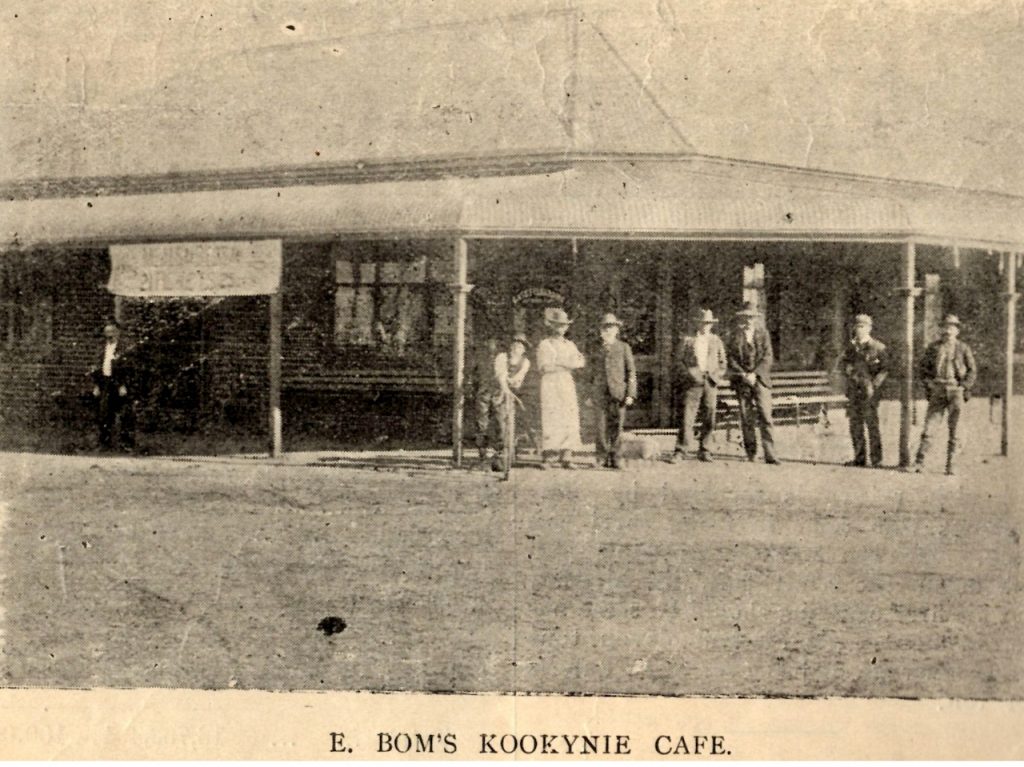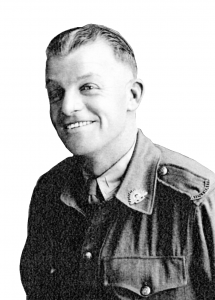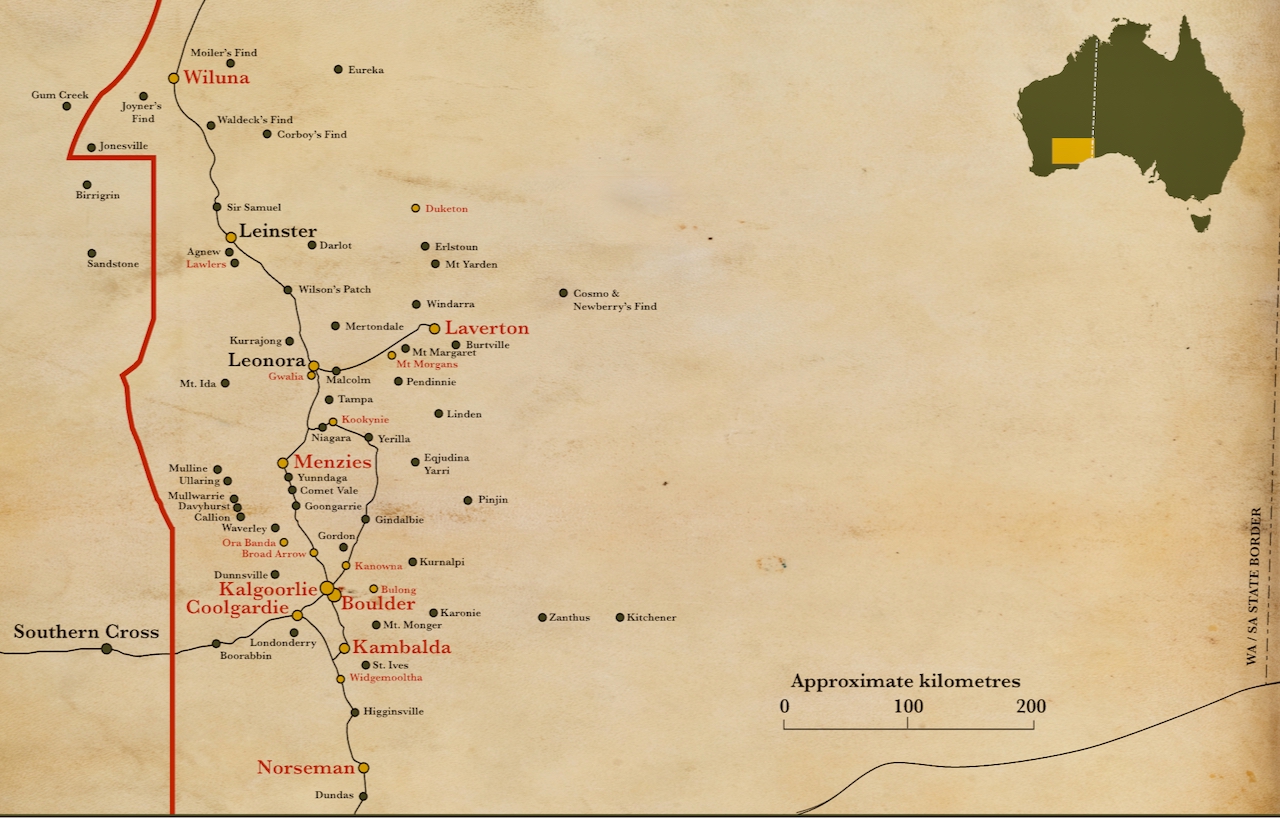
Gold was first discovered by prospectors at Kookynie in 1895, and the town had a population of around 3,500 at its peak. There are 149 residents of Kookynie buried in the local Cemetery.
Today the Grand Hotel is one of the few remaining buildings in Kookynie. Today’s population is less than 20 people.
Kookynie was a thriving town in the early 1900s and could boast many hotels, boarding houses, stores and a railway siding, all generated by the many gold miners who came from near and far. Men arrived from Europe and many from the eastern states.
Renewed exploration activity in the past two years has seen a steady stream of geologists and drillers visiting Kookynie. Todays projects at Kookynie and Yundamindra in WA’s northern Goldfields contain multiple historic gold workings dating back to the 1890s.
It was home to many families including John Edwin Peers WX9197 from 2/4th. His father and two uncles were prominent in holding local council and government positions. John Peers was born 1903 at Kookynie and lived his early years here and Kalgoorlie, prior to his father enlisting in 1916 for WW1.
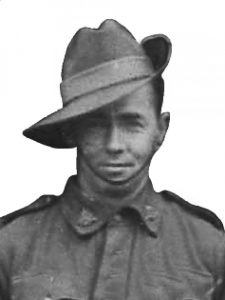
Tragically John Peers known as Jack died aged 38 years at Australian General Hospital, Roberts Barracks Singapore on 6 March 1942 from shrapnel wounds received during the fighting. It is probable he was injured at Hill 200, or even during the last days of fighting when the troops were defending the city of Singapore.
Jack had been working at a farm hand at Pingrup for about 4 years prior to enlisting on 30 Oct 1940.
John’s father died in Perth on 14 February 1942 as Jack lay ill in Roberts Barracks.
Below: Kookynie’s Public Hospital.
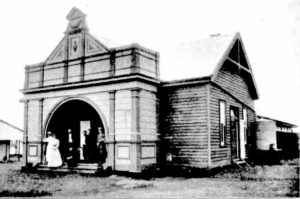
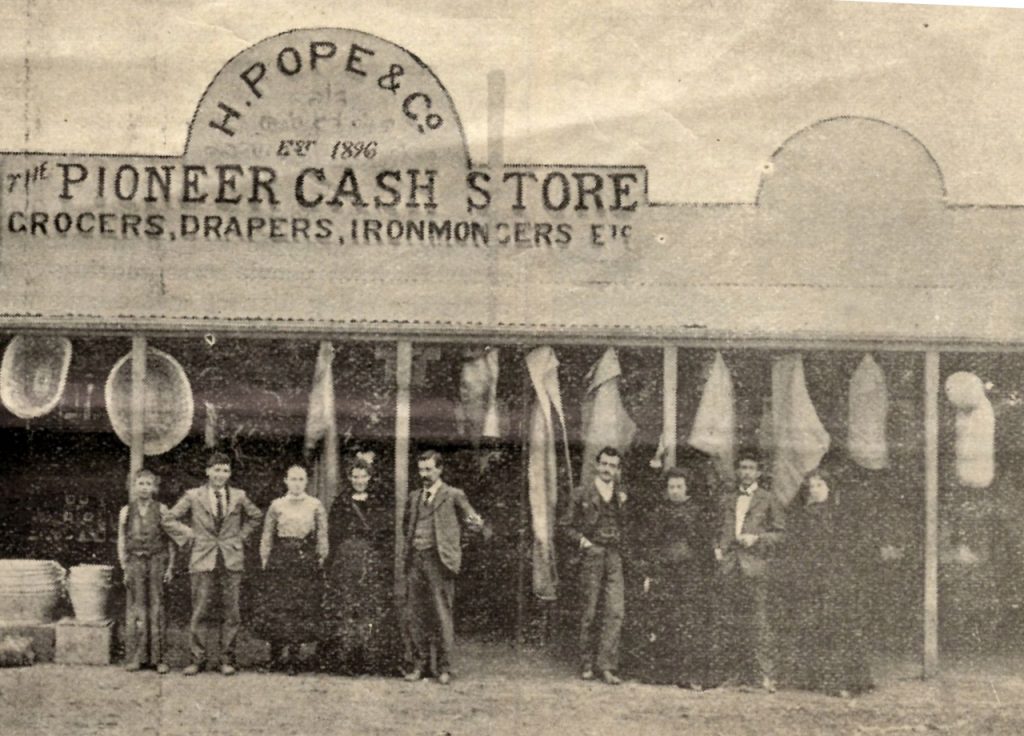
Above: Pope’s Store
Below: Rea’s Store
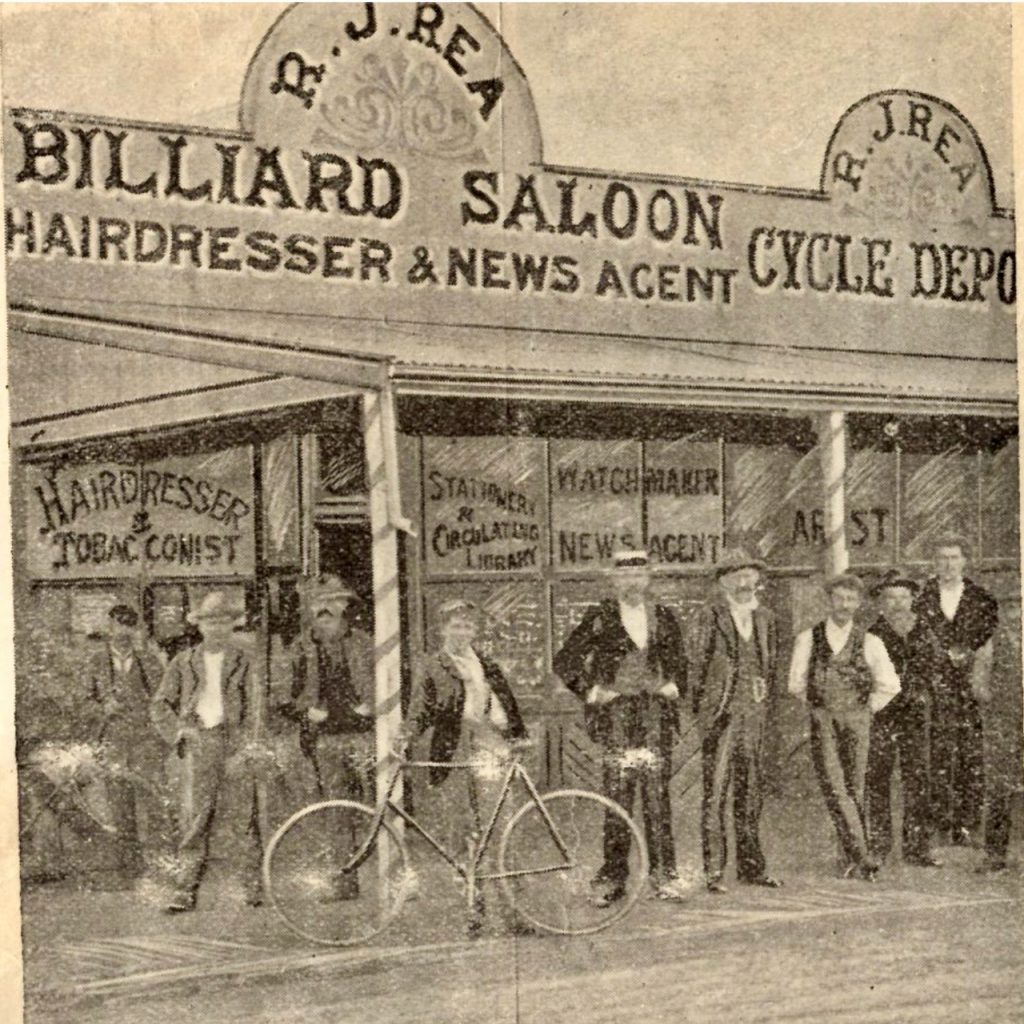
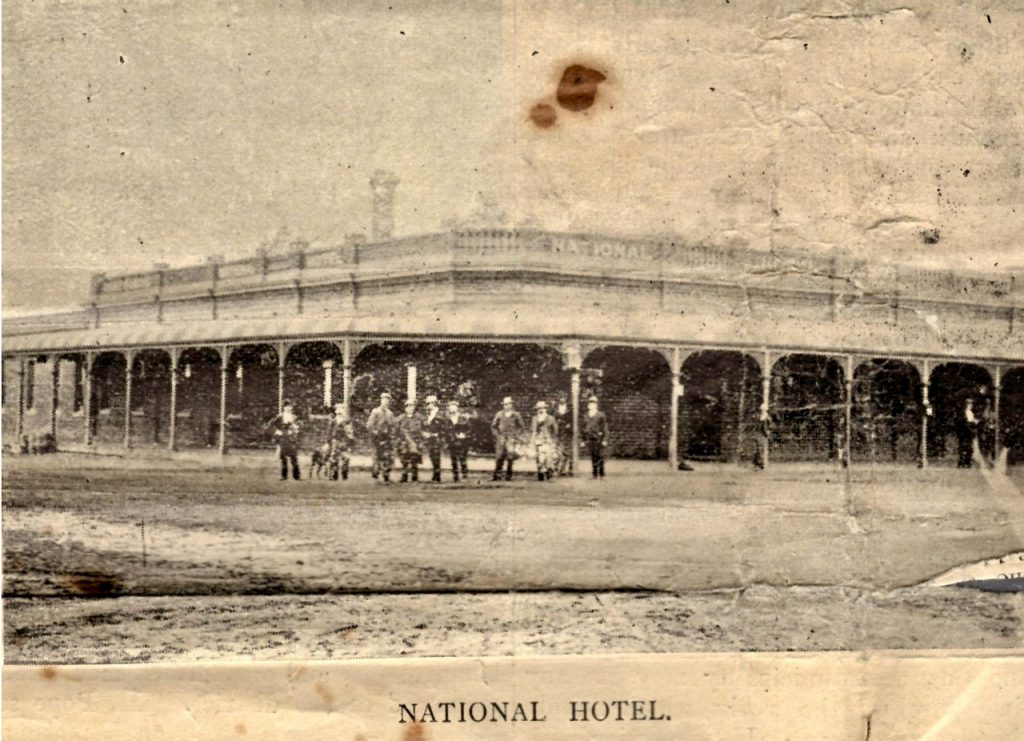
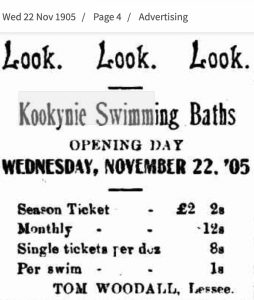
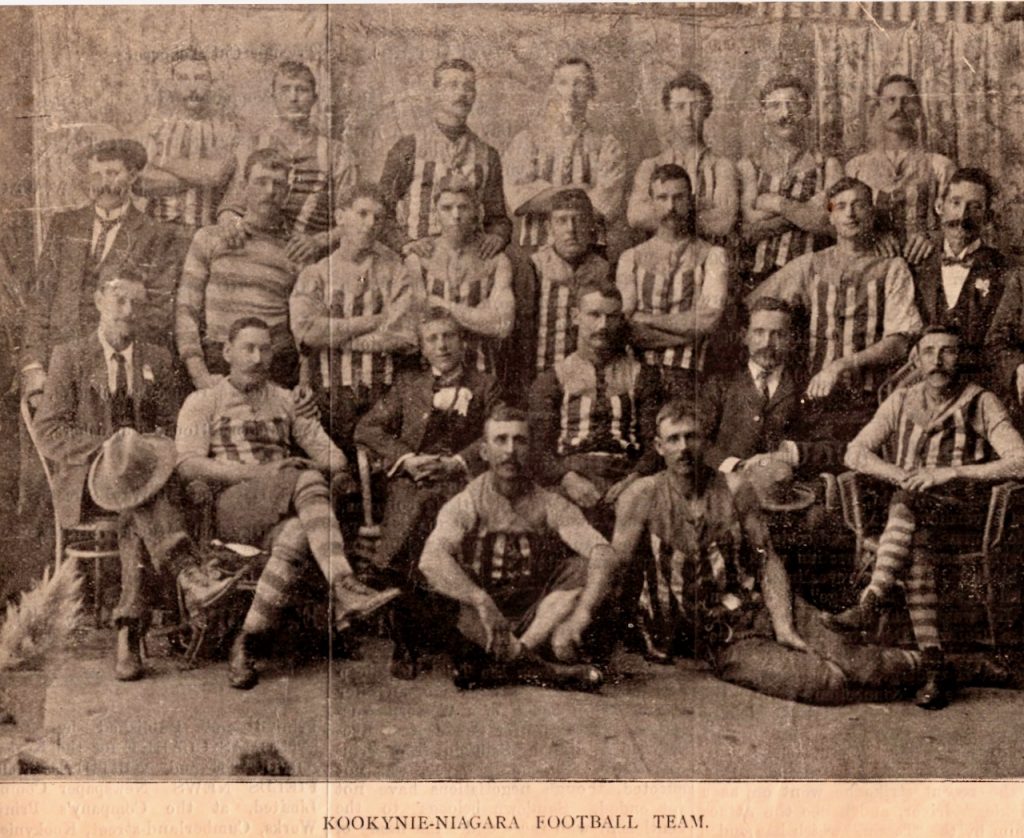
We wish to acknowledge and thank the Eastern Goldfields History site for the above photographs
https://www.kalgoorliehistory.org.au/map/
Another 2/4th soldier with family connections to Kookynie is George Leipold, ‘E’ Company who was tragically KIA at Bukit Timah ambush on 11 Feb, 1942 aged 19 years.
WX16355 George Richard LEIPOLD who enlisted the day after he turned 19 years.

Grandparents George and Elizabeth Leipold married in Victoria in 1888, moved to Western Australian goldfields where Grandfather-George sought work in mining.
In 1915 G-F George Frederick was injured in an accident at Niagra Mine.
His son George William drove his father in a horse and wagon to Kalgoorlie seeking urgent medical treatment. The journey for injured G-F George would have been excruciating as he lay in the tray being bounced over dirt tracks. G-F George died on 27th October 1915 at age of 51 years. He was buried at Kookyne, then a thriving mining town and home to the Leipold family.
The Leipold family is rather large and is difficult to confirm who is related as there were several Leipolds residing and working in the area.
Widowed Elizabeth Leipold became the owner/publican of Kookyne Hotel, however it was son George William Leipold, father to George Richard (WX16355) who managed and worked at the pub. A year later in 1916 George William Leipold married Ida Evelyn Pearce. They had several children whilst at the Kookyne Pub including George WX16355.
WX8238 DEWAR, Victor (Vic) John Alexander b. 1906 Kookynie to Samuel Sherman and Elizabeth (Lily) Dewar who had resided in the area for a decade or more.
His parents married in Fremantle in 1898. His father was born in Victoria in 1865 died in 1921. Victor was the firstborn of two sons. Franklin Hector was born in 1907 Coolgardie.
Vic was recorded in the 1931 Electoral Roll living in Maylands, his occupation was salesman. By 1937 he was living in Menzies and working as a gold mine employee.
Dewar enlisted AIF 4 June 1940 and later joined 2/4th MGB’s ‘C’ Coy 11 Platoon. He left Singapore with ‘A’ Force Burma Green Force No. 3 Battalion to work on the Burma end of the Burma-Thai Railway. At the end of 1943 when the rail link was completed, Dewar was amongst the POWs in Burma sent southwards to Thailand to one of several large camps or hospitals. We believe he was sent to Tamarkan Hospital Camp, then moved to Nacompaton Hospital Camp from where he was recovered from at the end of the war.
On 27 December 1947 Dewar tragically took his own life. He was 41 years old. He was buried at the Commonwealth War Graves Garden.
Below: “This man must have gone through untold suffering”
